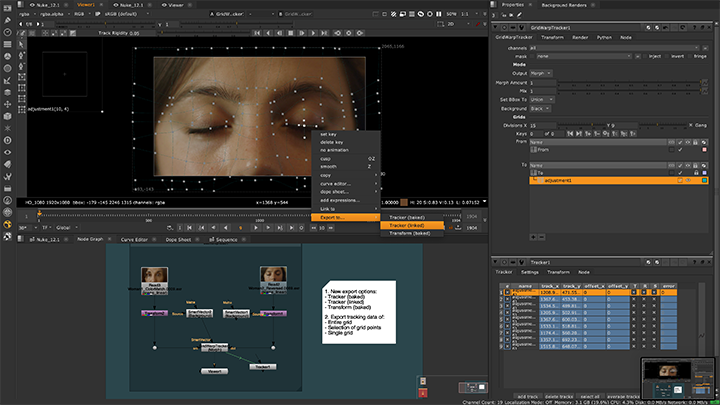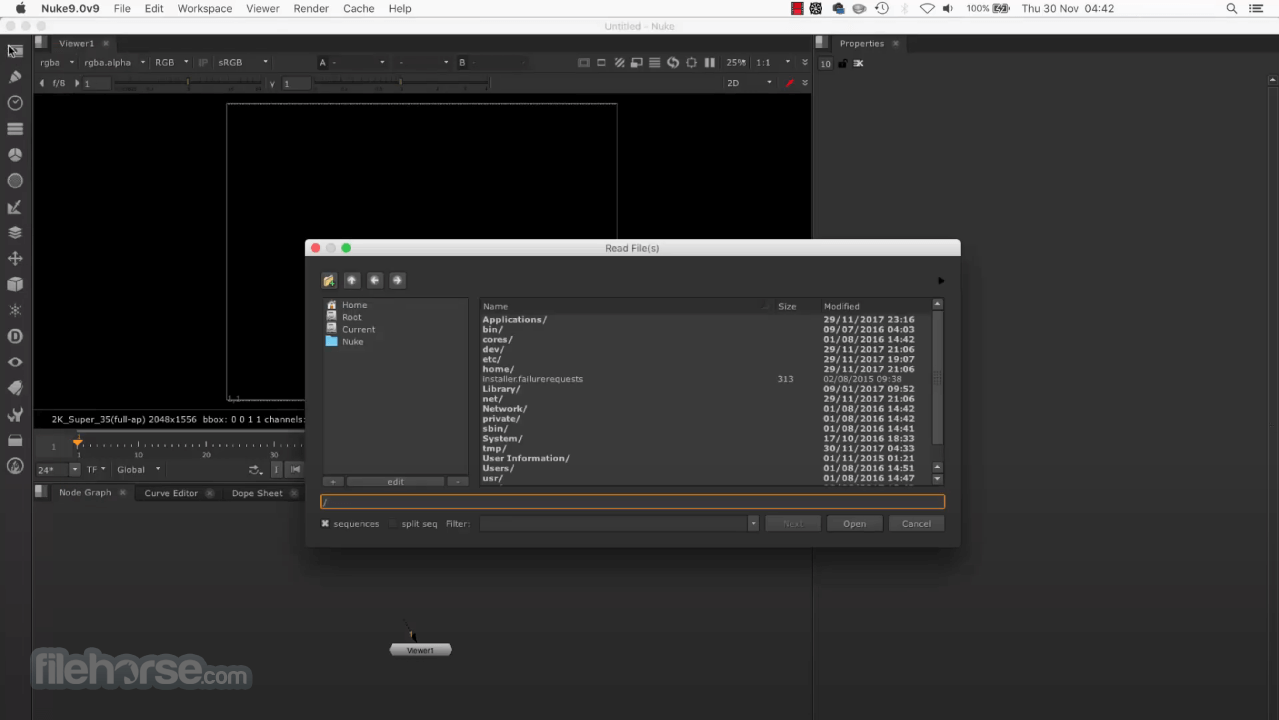

- #Nuke 10 basics to render how to
- #Nuke 10 basics to render iso
It is also very common when you work on a big VFX facility, that other people work on the stitching process of the HDRI panoramas. I usually do this task in another specific tools for VFX panoramas like PtGui, but if you dont’ have PtGui the easiest way to handle this is in Nuke. You know, one of those pano heads that you need to shoot images for zenit and nadir. It’s very common that your tripod is placed on the ground of your pictures, specially if you use a Nodal Ninja panoramic head or similar. Sometimes you may need to fix the nadir of the HDRI panoramas used for lighting and look-development.
#Nuke 10 basics to render iso
All the pictures were taken with same focal, same exposure and with the ISO and White Balance locked. The resolution of the images is 7000px wide so I created a proxy version around 3000px wide. I'm using these 7 images taken from a bridge in Chiswick, West London. Obviously taking pictures from a nodal point rotation base will help a lot, but the good thing of this technique is that you can use different angles taken from different positions and also using different focal and different film backs from various digital cameras. The pictures that I'm using for this tutorial were taken with a nodal point base, but they are not calibrated or similar. But the power of this method is that you can use it with HDR footage recorded with a Blackmagic camera, for example. This method is much more complicated and requires more human time than using ptGui or any other stitching software. It can be composed using only 2 images or maybe 15, it doesn't matter. I'm talking about blending different images or footage (video) to create a seamless panoramic image ready to use in any 3D or 2D program. I'm not talking about creating equirectangular panoramas for 3D lighting, for that I use ptGui and there is not a better tool for it. In this post I'm going to explain my methodology to merge different pictures or portions of an environment in order to create a panoramic image to be used for matte painting purposes. Thanks again for your support! and if you like my Patreon feed, please help me to spread the word, I would love to get at least 50 patrons, we are not that far away! 
A very important step that usually lighting supervisors or sequence supervisor deal with before starting to light any VFX shot.įootage, scripts and other material will be available to you if you are supporting one of the tiers with downloadable material. Some people knows this process as technical grading. In the second template, I will guide you through the neutralization process, that includes both linearization and white balance. I will explain to you a couple of ways of dealing with these issues, both in 2D and in 3D using the powerful Nuke's 3D system.
#Nuke 10 basics to render how to
You know, how to get rid of chunky tripods, removing people from set and what not.

The first one is all about cleaning up and artifacts removal. I just finished recording about 3 hours of content going through a couple of my Nuke IBL templates.






 0 kommentar(er)
0 kommentar(er)
